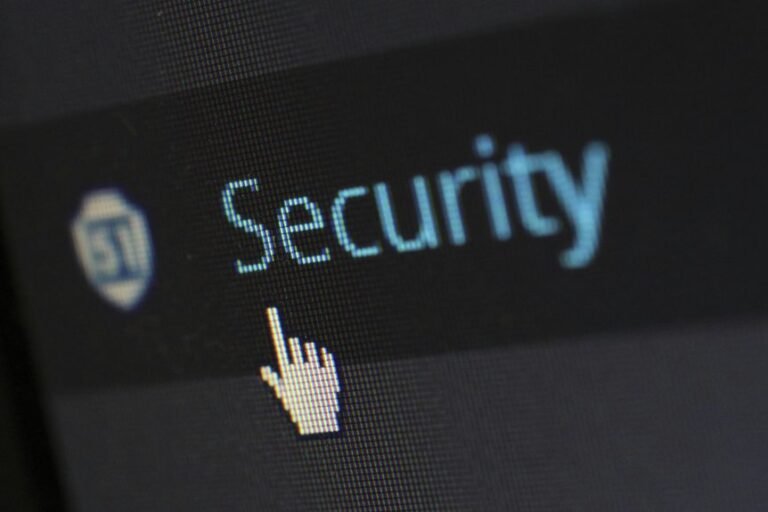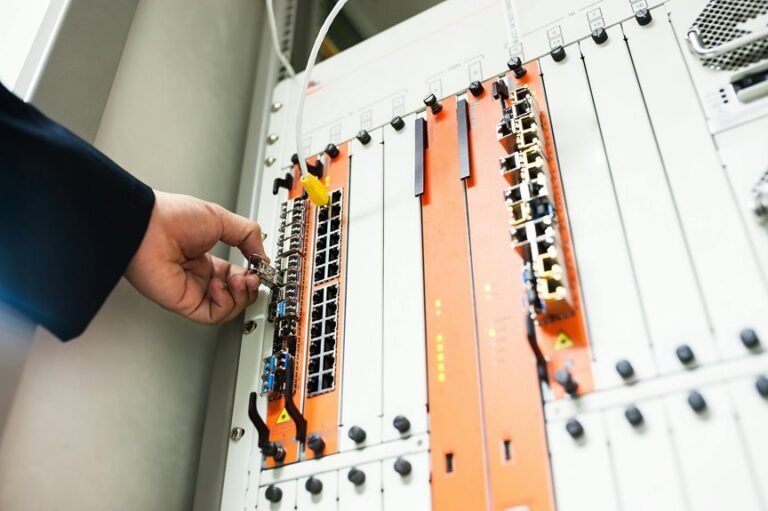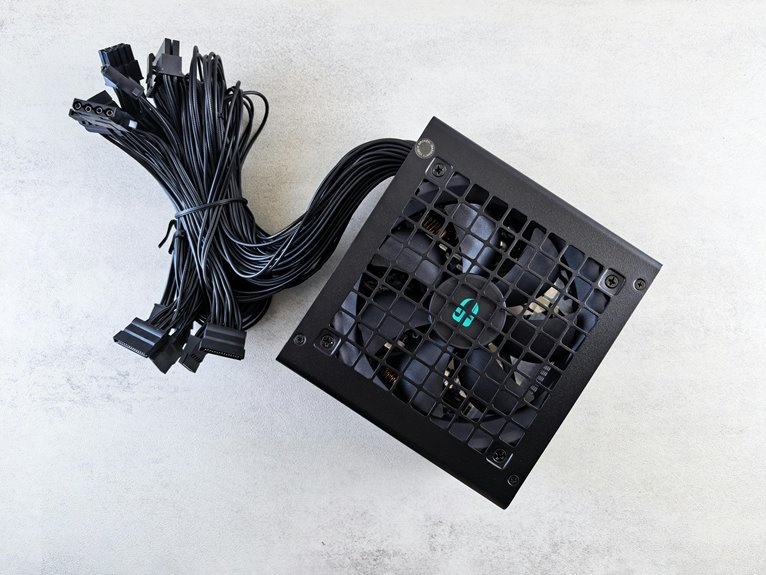The Secure Signal Evaluation Command plays a crucial role in safeguarding communication systems from threats. Its focus on identifying vulnerabilities and implementing innovative technologies is essential for maintaining secure channels. However, as new challenges arise, it’s important to examine how the SSEC adapts and evolves. What strategies are in place to counteract the latest risks, and how might emerging technologies further enhance these efforts? The implications are significant and warrant closer exploration.
Overview of Secure Signal Evaluation Command
The Secure Signal Evaluation Command (SSEC) plays a crucial role in assessing and validating secure communication channels.
You’ll find that SSEC ensures secure data transmission by meticulously evaluating signal integrity. This organization focuses on identifying vulnerabilities and enhancing the robustness of communication systems.
Key Functions and Responsibilities
While ensuring secure communication is vital, understanding the key functions and responsibilities of the Secure Signal Evaluation Command (SSEC) is equally important.
You’ll focus on data analysis to identify patterns and anomalies, while conducting threat assessments to mitigate risks.
These processes enable you to maintain operational integrity and safeguard sensitive information, ensuring that communication remains secure and reliable in an ever-evolving landscape.
Challenges in Secure Communication
As secure communication becomes increasingly vital in a digital landscape, numerous challenges emerge that can compromise its effectiveness.
You’ll encounter issues like outdated encryption techniques that fail to protect sensitive information adequately.
Additionally, maintaining data integrity is crucial, as vulnerabilities can lead to unauthorized access or data tampering.
Addressing these challenges is essential for ensuring reliable and trustworthy communication in an interconnected world.
Innovations and Future Directions
Emerging technologies are reshaping the landscape of secure communication, offering innovative solutions to longstanding challenges.
Quantum encryption promises unbreakable security, protecting your data against future threats.
Meanwhile, AI analysis enhances real-time monitoring, swiftly identifying anomalies in communication patterns.
Together, these advancements not only bolster security but also empower you to maintain your freedom in an increasingly interconnected world.
Conclusion
In navigating the complex landscape of secure communication, think of the SSEC as a skilled locksmith. Just as a locksmith crafts intricate keys to protect valuable treasures, the SSEC employs advanced technologies to safeguard sensitive information. As threats evolve, so must our defenses. By embracing innovations like quantum encryption and AI, the SSEC not only fortifies communication channels but also builds trust. Ultimately, remaining vigilant and adaptive ensures that the integrity of our communication systems endures.












